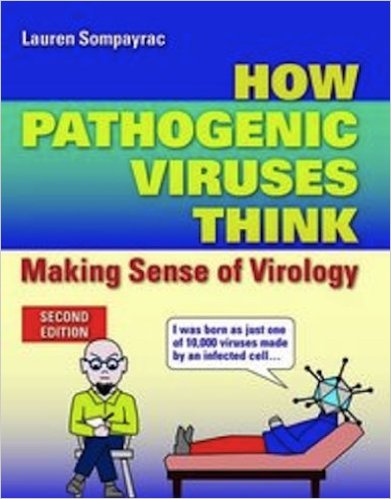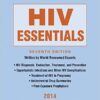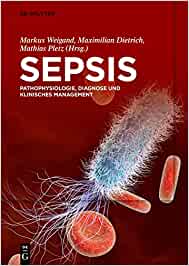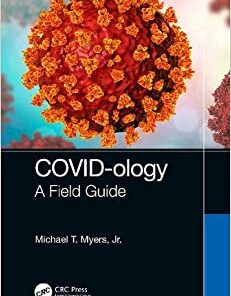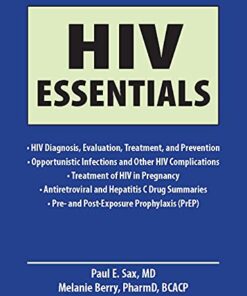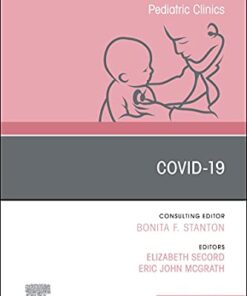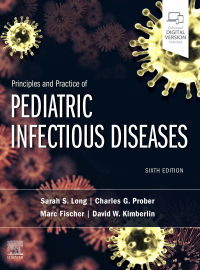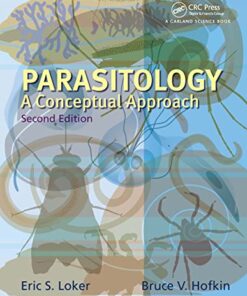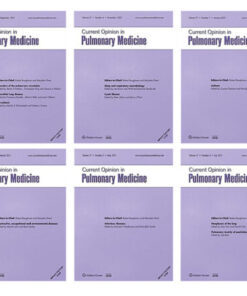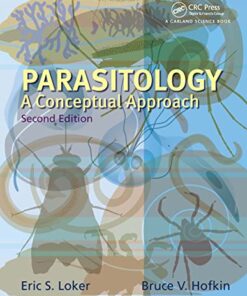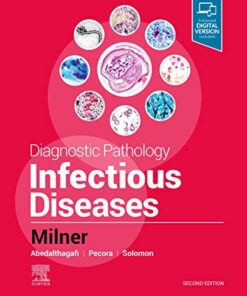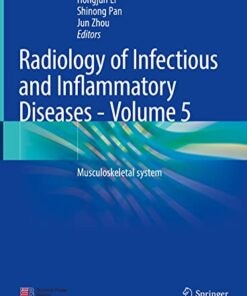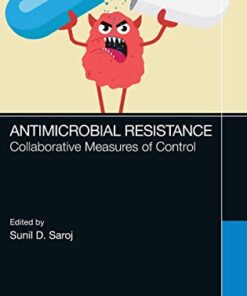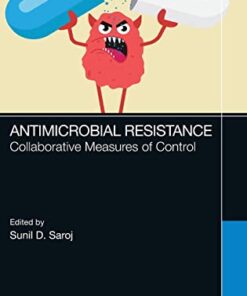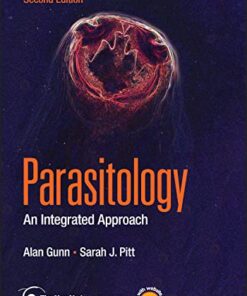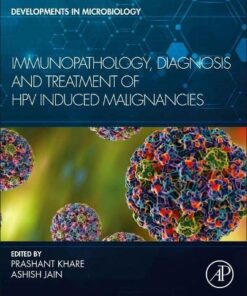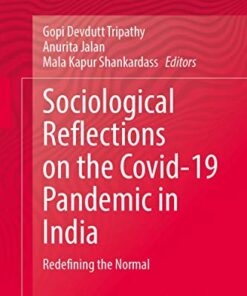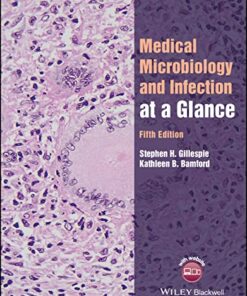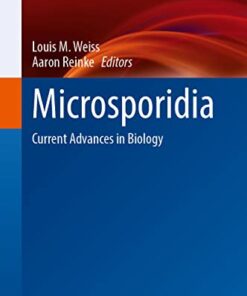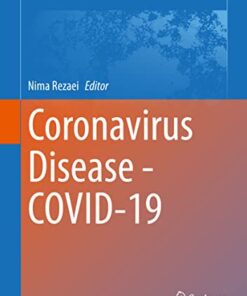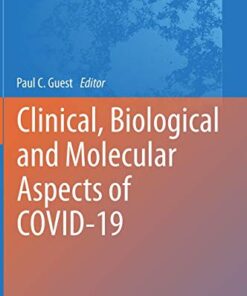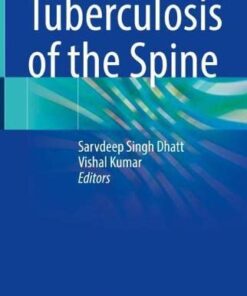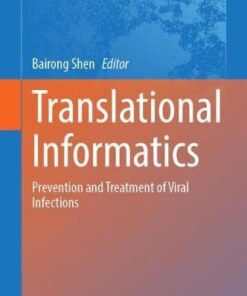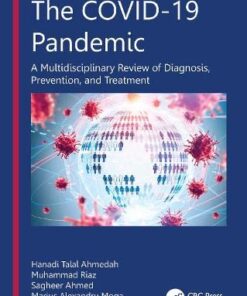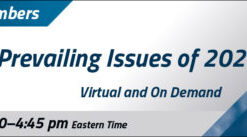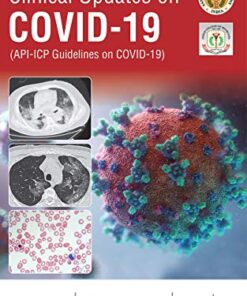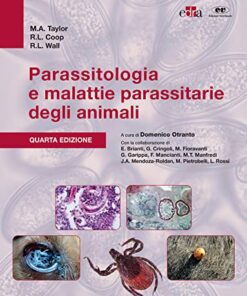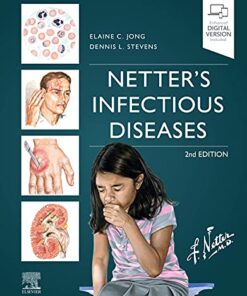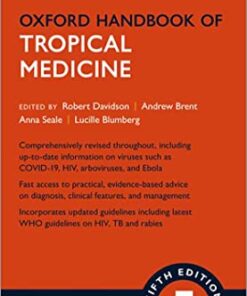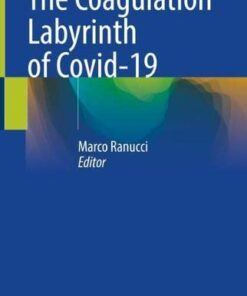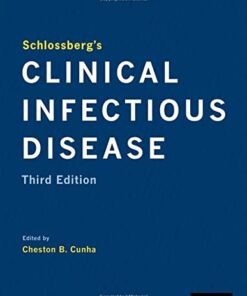- Paperback: 170 pages
- Publisher: Jones & Bartlett Learning; 2 edition (June 8, 2012)
- Language: English
- Type : PDF ORIGINAL
==========================+======================
Note : We will send ebook download link after confirmation of payment via paypal success
Payment methods: Visa or master card (Paypal)
How Pathogenic Viruses Think: Making Sense of Virology 2nd Edition
$16
by Lauren Sompayrac
How Pathogenic Viruses Think: Making Sense of Virology 2nd Edition
Over the past decade, the amount of data on viruses has grown dramatically. How can a virology student possibly make sense of all this information? In How Pathogenic Viruses Think, Second Edition, Dr. Sompayrac introduces an “organizing principle” – a paradigm to use to cut through all the details and focus on what’s important. He demonstrates the use of this paradigm by “interviewing” twelve medically important viruses. During these interviews, each virus is encouraged to disclose not only what it does, but why it does it. And when a “talking virus” reveals its secrets, they are hard to forget! How Pathogenic Viruses Think covers the essential elements of virus-host interactions with descriptive graphics, helpful mnemonic tactics for retaining the information, and brief reviews of important concepts. It is an ideal book to help medical, science, and nursing students make sense of this complex subject. Example: Interviewer: I always ask the viruses I interview, “How do you attack your hosts, and why have you chosen that route?” Flu Virus: I favor the respiratory route. Interviewer: Okay, but why? For example, why not enter via the digestive tract? Flu Virus: Are you kidding me? Do I look like a dumb virus to you? My Uncle Harold tried the digestive tract once, and got as far as the stomach before the acid in there ate him alive! Not me. I take the easy way in. The respiratory route of infection provides direct access to my favorite target cells – the epithelial cells which line the human airway.
Product Details
Related Products
INFECTIOUS DISEASES BOOKS
Sepsis: Pathophysiologie, Diagnose und klinisches Management (Original PDF from Publisher)
INFECTIOUS DISEASES BOOKS
Current Opinion in Pulmonary Medicine 2019 Full Archives (True PDF)
INFECTIOUS DISEASES BOOKS
INFECTIOUS DISEASES BOOKS
INFECTIOUS DISEASES BOOKS
INFECTIOUS DISEASES BOOKS
Antibiotics Simplified, 5th Edition (Original PDF from Publisher)
INFECTIOUS DISEASES BOOKS
Washington Manual Infectious Disease Subspecialty Consult, 3rd Edition (Original PDF from Publisher)
INFECTIOUS DISEASES BOOKS
Principles and Practice of Pediatric Infectious Diseases, 6th Edition (Original PDF from Publisher)
INFECTIOUS DISEASES BOOKS
Parasitology: A Conceptual Approach, 2nd Edition (Original PDF from Publisher)
INFECTIOUS DISEASES BOOKS
Current Opinion in Pulmonary Medicine 2021 Full Archives (True PDF)
INFECTIOUS DISEASES BOOKS
INFECTIOUS DISEASES BOOKS
Diagnostic Pathology: Infectious Diseases, 2nd Edition (Original PDF from Publisher)
INFECTIOUS DISEASES BOOKS
INFECTIOUS DISEASES BOOKS
INFECTIOUS DISEASES BOOKS
INFECTIOUS DISEASES BOOKS
INFECTIOUS DISEASES BOOKS
INFECTIOUS DISEASES BOOKS
INFECTIOUS DISEASES BOOKS
The Sanford Guide to Antimicrobial Therapy 2021, 51st edition (Scanned PDF)
INFECTIOUS DISEASES BOOKS
INFECTIOUS DISEASES BOOKS
INFECTIOUS DISEASES BOOKS
Parasitology: An Integrated Approach, 2nd Edition (Original PDF from Publisher)
INFECTIOUS DISEASES BOOKS
INFECTIOUS DISEASES BOOKS
Herbal Drugs for the Management of Infectious Diseases (Original PDF from Publisher)
INFECTIOUS DISEASES BOOKS
Helminth Infections and their Impact on Global Public Health, 2nd Edition (EPUB)
INFECTIOUS DISEASES BOOKS
Microbe, 3rd Edition (ASM Books) (Original PDF from Publisher)
INFECTIOUS DISEASES BOOKS
ECAB Clinical Update – Ventilator-associated Pneumonia – E-Book (Original PDF from Publisher)
INFECTIOUS DISEASES BOOKS
Imaging of Tuberculosis (Medical Radiology) (Original PDF from Publisher)
INFECTIOUS DISEASES BOOKS
Infection Prevention: New Perspectives and Controversies, 2nd Edition (Original PDF from Publisher)
INFECTIOUS DISEASES BOOKS
Integrated Omics Approaches to Infectious Diseases (Original PDF from Publisher)
INFECTIOUS DISEASES BOOKS
The Novel Coronavirus SARS-CoV-2: An Overview (Original PDF From Publisher)
INFECTIOUS DISEASES BOOKS
INFECTIOUS DISEASES BOOKS
Medical Microbiology and Infection at a Glance, 5th Edition (Original PDF from Publisher)
INFECTIOUS DISEASES BOOKS
INFECTIOUS DISEASES BOOKS
INFECTIOUS DISEASES BOOKS
INFECTIOUS DISEASES BOOKS
Hepatitis C: Epidemiology, Prevention and Elimination: Volume 1 (Original PDF from Publisher)
INFECTIOUS DISEASES BOOKS
Hepatitis C: Care and Treatment: Volume 2 (Original PDF from Publisher)
INFECTIOUS DISEASES BOOKS
INFECTIOUS DISEASES BOOKS
Nurses and COVID-19: Ethical Considerations in Pandemic Care (Original PDF from Publisher)
INFECTIOUS DISEASES BOOKS
Principles in Nursing Practice in the Era of COVID-19 (Original PDF from Publisher)
INFECTIOUS DISEASES BOOKS
Nanotechnology for Infectious Diseases (Original PDF from Publisher)
INFECTIOUS DISEASES BOOKS
INFECTIOUS DISEASES BOOKS
Emerging Modalities in Mitigation of Antimicrobial Resistance (Original PDF from Publisher)
INFECTIOUS DISEASES BOOKS
Chikungunya Virus (Current Topics in Microbiology and Immunology, 435) (Original PDF from Publisher)
INFECTIOUS DISEASES BOOKS
Promising Antimicrobials from Natural Products (Original PDF from Publisher)
INFECTIOUS DISEASES BOOKS
INFECTIOUS DISEASES BOOKS
INFECTIOUS DISEASES BOOKS
INFECTIOUS DISEASES BOOKS
Human Viruses: Diseases, Treatments and Vaccines: The New Insights (Original PDF from Publisher)
INFECTIOUS DISEASES BOOKS
COVID-19: Prevailing Clinical, Imaging, Healthcare, and Economic Issues of 2022 (CME VIDEOS)
INFECTIOUS DISEASES BOOKS
COVID-19: From Bench to Bedside (Original PDF from Publisher)
INFECTIOUS DISEASES BOOKS
INFECTIOUS DISEASES BOOKS
INFECTIOUS DISEASES BOOKS
INFECTIOUS DISEASES BOOKS
Parassitologia e malattie parassitarie degli animali, 4e (Italian Edition) (EPUB + Converted PDF)
INFECTIOUS DISEASES BOOKS
INFECTIOUS DISEASES BOOKS
INFECTIOUS DISEASES BOOKS
Tuberculosis of the Gastrointestinal system (Original PDF from Publisher)
INFECTIOUS DISEASES BOOKS
2022 Nelson’s Pediatric Antimicrobial Therapy, 28th Edition (Original PDF from Publisher)
INFECTIOUS DISEASES BOOKS
INFECTIOUS DISEASES BOOKS
INFECTIOUS DISEASES BOOKS
Infectious Diseases, 2-Volume Set: Expert, 4th Edition (EPUB)
INFECTIOUS DISEASES BOOKS
Oxford Handbook of Tropical Medicine 5th Edition (Original PDF from Publisher)
INFECTIOUS DISEASES BOOKS
Review of Medical Microbiology and Immunology, Seventeenth Edition (Original PDF from Publisher)
INFECTIOUS DISEASES BOOKS
Principles of Virology, Multi-Volume, 5th Edition (ASM Books) (EPUB)
INFECTIOUS DISEASES BOOKS
Infection, Resistance, and Immunity, Second Edition (Original PDF from Publisher)
INFECTIOUS DISEASES BOOKS
Medical Microbiology and Infection at a Glance, 4th Edition (Original PDF from Publisher)
INFECTIOUS DISEASES BOOKS
FAQs on Vaccines and Immunization Practices, 3rd Edition (Original PDF from Publisher)
INFECTIOUS DISEASES BOOKS
INFECTIOUS DISEASES BOOKS
The Coagulation Labyrinth of Covid-19 (Original PDF from Publisher)
INFECTIOUS DISEASES BOOKS
Case-based Reviews in Pediatric Infectious Diseases (Original PDF from Publisher)
INFECTIOUS DISEASES BOOKS
INFECTIOUS DISEASES BOOKS
Schlossberg’s Clinical Infectious Disease, 3rd Edition (Original PDF from Publisher)
INFECTIOUS DISEASES BOOKS
Brain Fever: How Vaccines Prevent Meningitis And Other Killer Diseases (Original PDF from Publisher)

